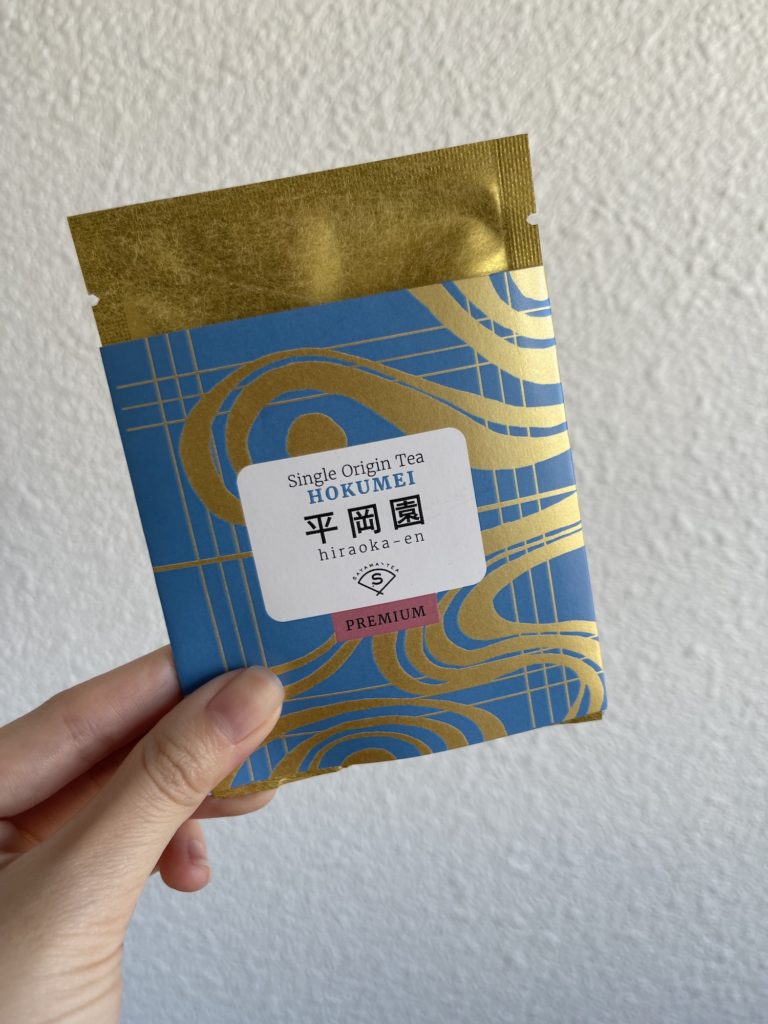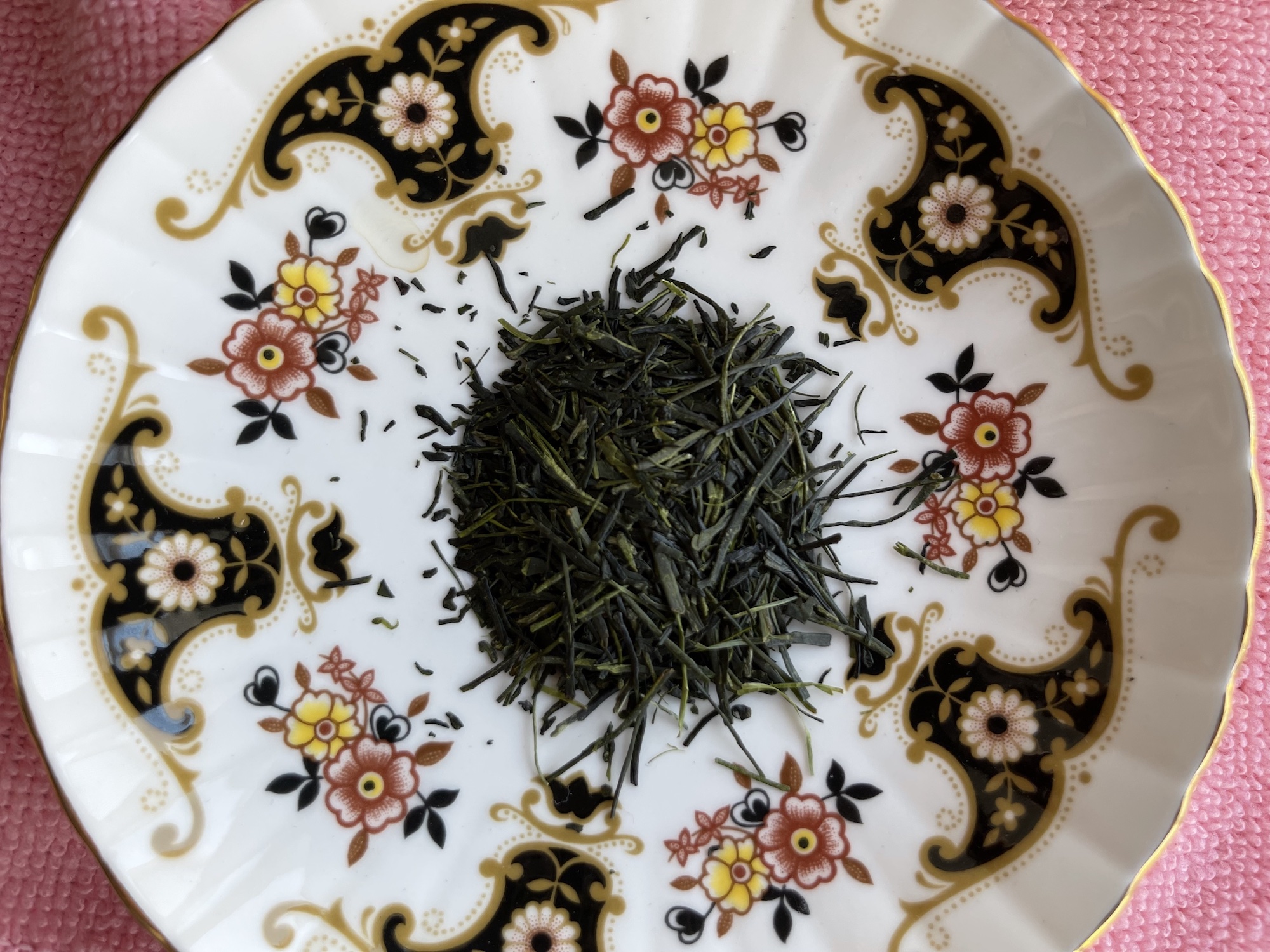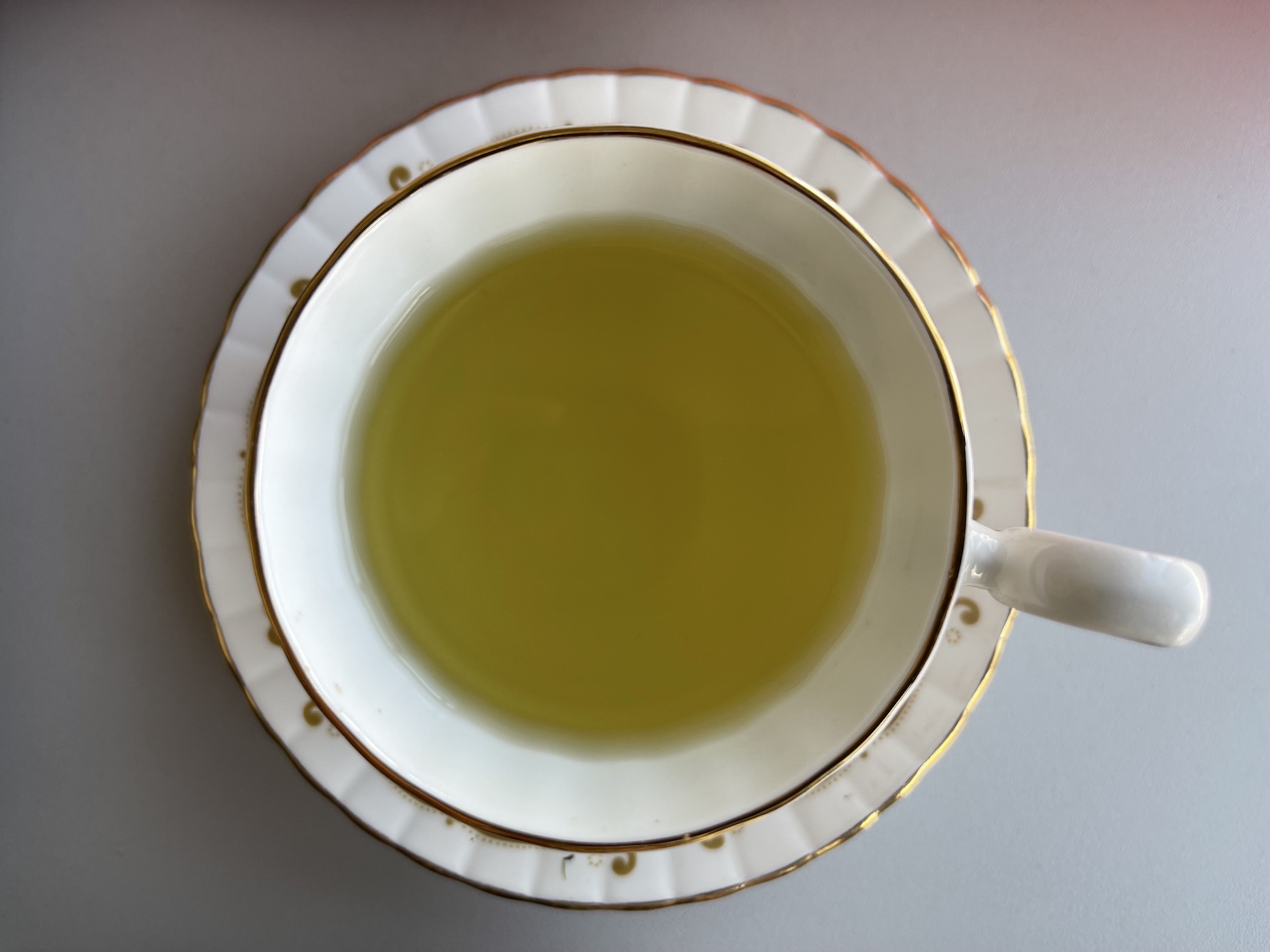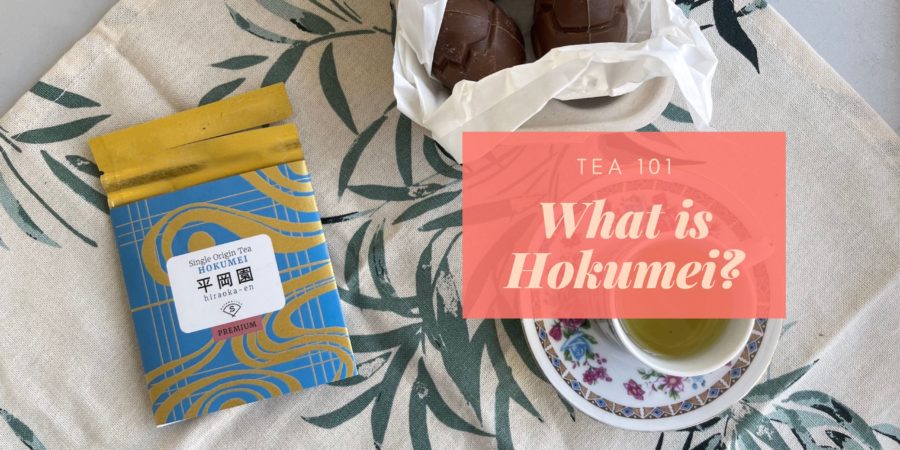I have a big, tea-related talk on Saturday so I really, really wanted to have a tea-related post this week. I’ve been drinking sencha made from the hokumei cultivar, so I thought it was the perfect tea to look into!
What is the Hokumei Cultivar?

The hokumei cultivar was developed in Saitama prefecture by combining the sayamidori and yabukita 5507 (やぶきた自然実生 5507) cultivars. The name “hokumei” includes the creator’s hope that it can be widely grown in the northern areas since it is strong against colder weather, so it make sense that it’s mainly grown in colder areas in the Kanto and Higashiyama regions. It’s considered to be a cultivar that is strong against the cold, needle blight (赤枯れ), and bacterial wilt (青枯れ). Compared to the sayamakaori cultivar, it has fewer incidences of anthrax disease (炭そ病).
Looking at its harvest timing and volume, the hokumei tea plant is harvested 4 days later than the yabukita cultivar. In terms of harvest volume, it’s about the same as the sayamakaori cultivar, although when we look specifically at the second flush, it produces slightly less tea. However, the scent and appearance of the first flush tea is considered to be superior to the sayamakaori, although when we look at the colour of the tea liquor and the taste, it’s pretty much on par with the sayamakaori.
Tasting Notes


The first steep of this tea produced a yellow-green tea liquor that had a fairly strong umami scent. However, unlike how it smelled, the tea tasted rather sweet and gentle – I mainly got mild grassy and umami notes. The aftertaste was pretty noticeable, but overall I would say this is a gentle tea.
For the second steep, the grassy note was strong and I got a slightly bitter note as well. The third steep was shorter, which is probably why there was no bitterness, just a grassy note in the tea. In all three steeps, I found that the tea had a pleasant aftertaste; it tends to linger in the mouth even after you’ve drunk the tea.
While writing this post, I took a look at my first review of the hokumei cultivar and realised that I completely missed my chance to have a rich, sweet treat with this tea! But I am pleasantly surprised to see that my tasting notes for the first steep of tea was the same for both years, which shows some consistency on my part.
Conclusion and References
This was definitely a fun tea to revisit, but my favourite part of the whole post has to be the research into the cultivar. I’m more or less used to using Yabukita as the standard to which other teas are measured, but here, sayamakaori is another standard being used! And that actually makes a lot of sense, since Sayamakaori is probably created in Sayama, Saitama, where this tea was also created, so it would be used as the local standard to which other teas are compared.

This sounds like a really interesting tea!
It is! Tastes great too!!
[…] I am back with another look into another green tea! My posts on the 2025 senchas are going to be rather short, so if you’re looking for a more detailed explanation of the hokumei cultivar, I recommend the intro post I did for it a couple of years back. […]